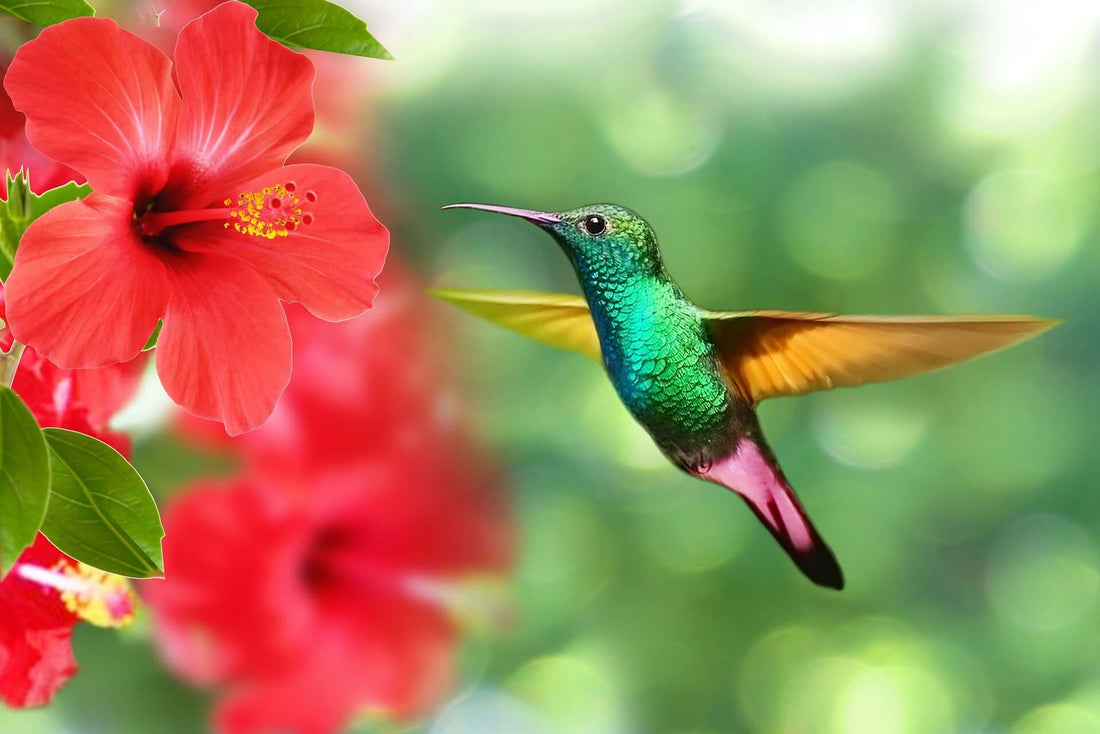
Germinated Seeds, Minerals, Quantity of food and feeding group
Share
Germinated seed - Most birds enjoy germinated seeds, which provide a rich source of Vitamins A and E. Presoaking in lukewarm water for about half a day is necessary to convert starch into dextrin, a form of sugar.
Thoroughly rinse the seed in clean water before allowing it to drain, then keep it covered with a damp cloth in a warm place. Regular rinsing and draining every few hours will discourage fermentation and the growth of mould.
After 24 hours the seed should start to germinate and be ready for the birds.Finches and canaries relish germinated seed, but offer it only in small quantities, as a supplement mixed with the main diet. Germinated seed is also important during the rearing of chicks when it can be used instead of commercial rearing foods. Offer only in small quantities, otherwise parent birds will feed their chicks nothing but germinated seed. Haith's have formulated different soak-seeds which can also be germinated.
For Canaries, British and Hybrid Species, Easisoak is the ideal mix and Foreign Finches can benefit from the different composition of Haith's Foreign Finch Soakseed. Of course, pulses like beans also make useful additions to the diet but it is very important that soaked pulses be washed very thoroughly before they are offered as food in order to remove traces of mould and impurities.
Minerals
A well-balanced diet should ensure that birds receive all their essential minerals. When deficiencies do occur or when additional minerals become necessary, (especially during moulting or in the breeding season), numerous commercial additives and supplements are again available. Haith's produce their Mineralised Grit which is especially suitable for seed-eaters and Vionate Vitamin and Mineral Supplement Powder sprinkled over any fruit or soft or insectivorous food will satisfy most softbill's requirements. You are recommended to adhere to the manufacturer’s instructions as overdosing may be extremely harmful. Seed-eaters will also obtain beneficial minerals from Haith's Grits which should both be available to all seed-eaters as a matter of course.
Making Changes
Cage & Aviary birds are very sensitive to change and this is particularly noticeable when changing diets or feeding routines. Any variation in diets should always be carefully controlled and monitored. Only make changes if you think it will be beneficial to your birds or for good reasons such as quality or regularity of supply difficulties and then slowly and gradually by offering new and old as a mixture while gradually phasing out the old. Careful observation of the birds' condition is essential while this is taking place as the new mixture may not be accepted; although this is unusual for normally proven diets.
Quantity of food
The amount of food offered to cage and aviary birds should always be in excess of their intake to ensure they always have an adequate supply, however some birds prefer one fruit or seed to another and the disliked ones, which may be beneficial get left behind. This is not unusual, particularly amongst some of the small finches and alternatives should be offered to maintain variety and nutritional balance.
Weather and the breeding season also play a part with there being greater demand in colder climatic conditions and changes in preference when breeding. The volume of food is therefore difficult to predict for each and every bird. From experience small seed-eaters consume between 6 and 8 gm per day but it is really a matter of trial and error and again careful monitoring may be necessary.
Feeding Groups
These divisions have traditionally been made based upon the major food items taken by the species and are customarily divided into just two main cage and aviary categories; the hardbills and the softbills; however the situation is far more complex in reality. Hardbills are predominantly seedeaters like the finches and parrots but very few take seed alone and most consume insect and vegetable matter particularly during the breeding season and when feeding young. The softbills are the fruit, vegetation, nectar and insect eaters but even many of them are known to take small amounts of seed occasionally.
The food each species takes in the wild should therefore be reflected as closely as possible in the cage or aviary diet to ensure all the nutritional requirements are received to maintain them in good health and hopefully encourage them to breed. Each species exploits a feeding niche and it should not be surprising that the tropical species are overwhelmingly softbills exploiting the wealth of insects, fruit and amphibia that can be found there year round. There is also a plethora of flowing plants and trees all producing pollen and nectar which are exploited by the nectivorous Lories and Lorikeets along with a host of small species like the Sunbirds, Flowerpeckers and Hummingbirds.
The tropics are not without seed-eaters, which abound often in large numbers, such as the many different species of Munia and the less-common but much larger Parrot-like species. The tropical seasons are not clear-cut and differ only in the amount of rainfall and small variations in the hours of daylight. In the more temperate regions the climate becomes seasonal marked by large variations of temperature and daylight. In consequence the plant-growing season is confined to a few months before animals must rely on harvesting what is left in the countryside during the winter months. That means any birds over wintering in the more temperate regions are either omnivorous or predominantly seed-eaters. It is for this reason that there is a traditional predominance of keeping canaries and local finches throughout Europe, whereas in South East Asia more softbills are kept.
In order that a correct feeding regime may be chosen for a particular species, the most common cage and aviary bird species have been grouped together where there are similar dietary requirements with basic feeding tips and guidance on Haith's products where they are applicable.
Written by Tony Tilford



